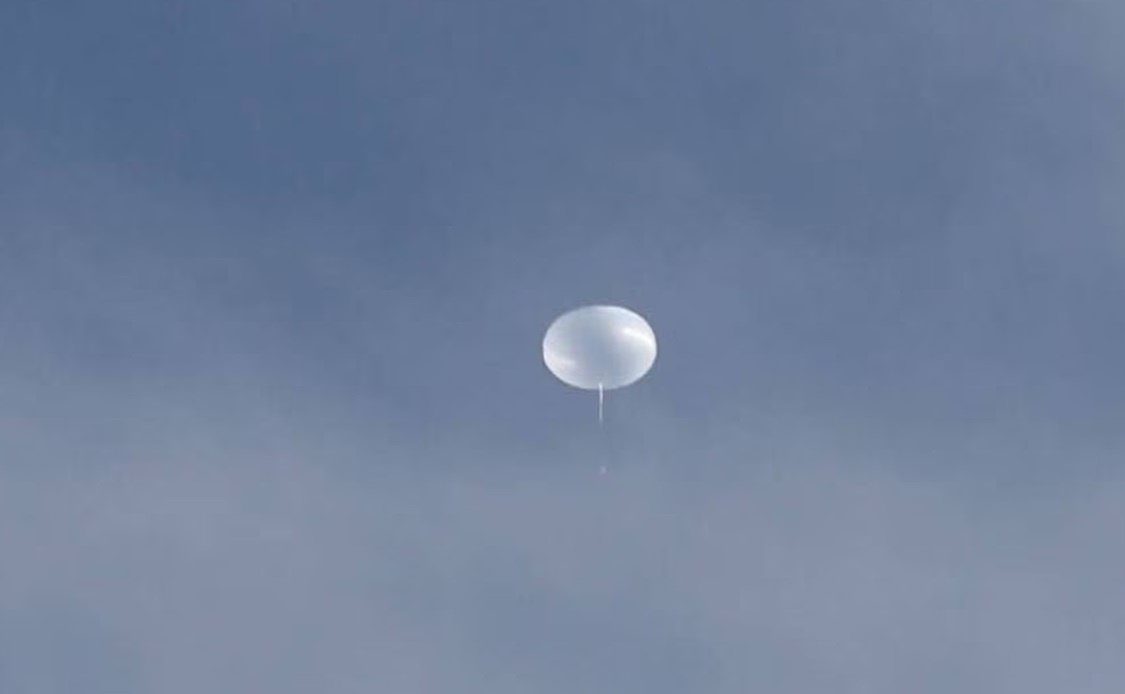29.04.2023

Nasa hopes to launch its second super pressure balloon from Wānaka as early as this morning, the agency revealed in a public talk on Wednesday.
Speaking at a Q&A session held at the Wānaka library, Nasa’s Scientific Balloon Programme chief technologist Sarah Roth said depending on weather conditions, they were “aiming for an early morning launch” today or at the weekend.
Roth said the second balloon held particular significance for the team, as its payload continued the research of an ill-fated mission that crash-landed in the Pacific Ocean in 2017, just 12 days after launch.
From the University of Chicago, the Extreme Universe Space Observatory 2 (EUSO-2) science mission will detect ultra-high energy cosmic ray particles from beyond the Milky Way as they penetrate Earth’s atmosphere.
If successful, the balloon will mark Nasa’s final planned launch from Wānaka Airport for 2023.
An update was also provided on the first balloon, which launched on April 16.
That balloon, which is flying a Super Pressure Balloon Imaging Telescope (SuperBIT) for dark matter research, completed its first circumnavigation of the globe on Wednesday at 3.32pm, just 10 days after launch.
In a blog post on Nasa’s website, balloon programme chief Debbie Fairbrother said the balloon was “performing exactly the way it was engineered to do”, maintaining a stable altitude that might allow it to circle Earth for up to 100 days.
“As we continue to test, validate, and qualify this technology for future flights, we’re also performing some cutting-edge science,” she said.
The 532,000cum balloons are helium-filled and about the size of a football stadium when fully inflated at their intended altitude of 33.53km.
They are designed to maintain altitude without the need to offload excess weight, a challenge for any craft operating at such heights.
Due to their size, the balloons may be visible from the ground during their flights, and tracking data will be available on Nasa’s website.
Quelle: NZME

